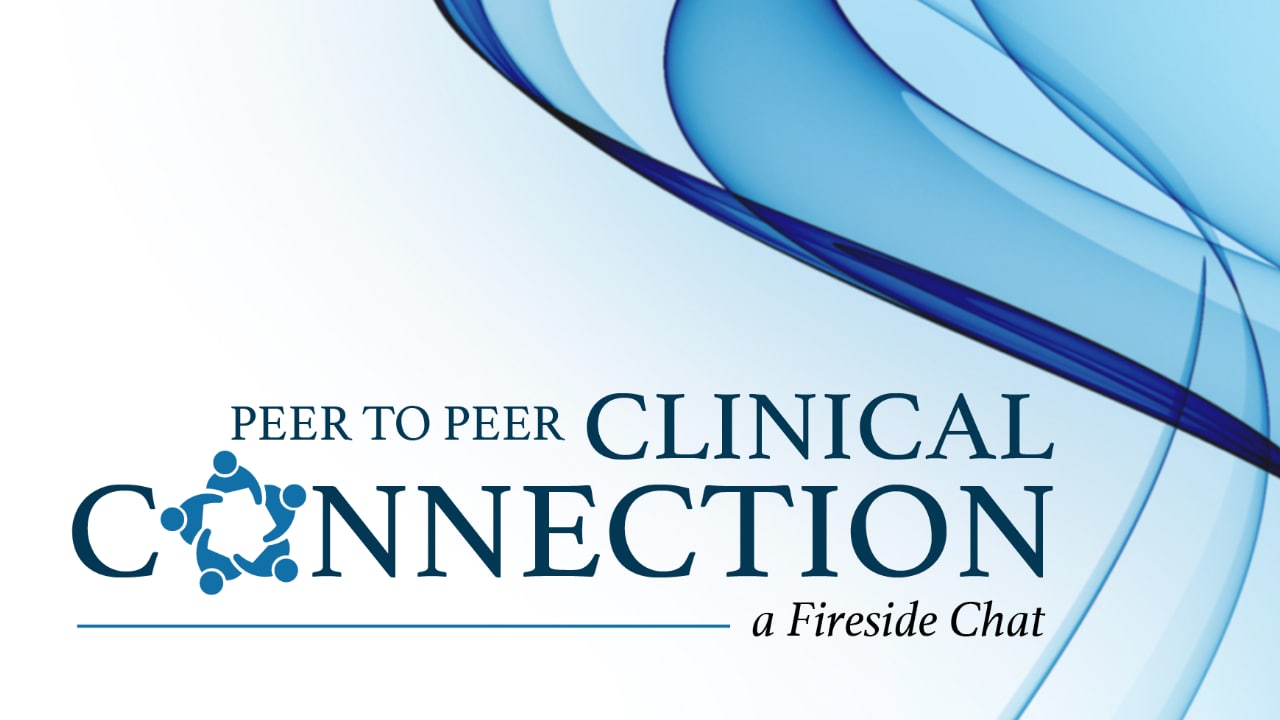Medical Care
The ultimate goal is always to discontinue the offending medication if possible. Individuals with drug eruptions are often the most ill patients taking the most medications, many of which are essential for their survival. However, all nonessential medications should be limited. Once the offending drug has been identified, it should be promptly discontinued. Knowledge of the common eruption inducing–medications may help in identifying the offending drug.
Patients can possibly continue to be treated through morbilliform eruptions (ie, continue medication even in patients with a rash). The eruption often resolves, especially if the individual is being treated with antihistamines. Most authorities believe that exanthematous drug eruptions are not a precursor to severe reactions, such as TEN. Nevertheless, all patients with severe morbilliform eruptions should be monitored for mucous membrane lesions, blistering, and skin sloughing.
Treatment of a drug eruption depends on the specific type of reaction. Therapy for exanthematous drug eruptions is supportive in nature. First-generation antihistamines are used 24 h/d. Mild topical steroids (eg, hydrocortisone, desonide) and moisturizing lotions are also used, especially during the late desquamative phase.
Severe reactions, such as SJS, TEN, and hypersensitivity reactions, warrant hospital admission. TEN is best managed in a burn unit with special attention given to electrolyte balance and signs of secondary infection. Because adhesions can develop and result in blindness, evaluation by an ophthalmologist is mandatory. In addition, mounting evidence indicates that intravenous immunoglobulin (IVIG) may improve outcomes for TEN patients. [8, 9, 10]
Hypersensitivity syndrome, a systemic reaction characterized by fever, sore throat, rash, and internal organ involvement, is potentially life threatening. Timely recognition of the syndrome and immediate discontinuation of the anticonvulsant or other offending drug are crucial. Patients may require liver transplantation if the drug is not stopped in time. Treatment with systemic corticosteroids has been advocated.
Oncodermatology
Many reactions can be managed symptomatically but should be monitored closely. Life threatening reactions such as toxic epidermal necrolysis, Stevens-Johnson syndrome, and drug rash with eosinophilia and systemic symptoms (DRESS) can begin as an inoccuous appearing macular exanthem. Stopping therapy immediately in those situations may be critical along with a careful discussion with the oncology team regarding risks and benefits.
Acneiform eruptions due to EGFR inhibitors respond to tetracyclines. Retinoic acid-, benzoyl peroxide-, and salicylic acid-containing topical products are contraindicated. [53]
A current and thorough review provides useful specifics for certain reaction patterns. [53]
-
Morbilliform drug eruption.
-
Warfarin (Coumadin) necrosis involving the leg.
-
Toxic epidermal necrolysis.
-
Stevens-Johnson syndrome.
-
Erythroderma.
-
Erythema multiforme.
-
Fixed drug eruption.
-
Fixed drug eruption involving the penis.
-
Oral ulcerations in a patient receiving cytotoxic therapy.
-
Phototoxic reaction after use of a tanning booth. Note sharp cutoff where clothing blocked exposure.
-
Vasculitic reaction on the legs.
-
Lichen planus on the neck.
-
Steroid acne. Note pustules and absence of comedones.
-
Drug reaction to hydroxychloroquine (Plaquenil).
-
Urticaria.
-
Erythema nodosum.
-
Confluent necrosis of the epidermis in toxic epidermal necrolysis.
-
Perivascular mixed inflammatory infiltrate with eosinophils characteristic of drug-induced urticaria.
-
Biopsy of pseudoporphyria shows a subepidermal blister with little to no inflammation.
-
Confluent necrosis of the epidermis in toxic epidermal necrolysis.
-
Superficial perivascular inflammatory infiltrate with numerous eosinophils characteristic of an exanthematous drug eruption.
-
Target lesions of erythema multiforme.
-
Papules and annular plaques.
-
Superficial and mid-dermal perivascular infiltrate of lymphocytes and eosinophils. Foci of extravasation of erythrocytes.
-
Numerous milia in a patient treated with vemurafenib.
-
Dilated infundibular cyst.
-
Paronychia.
-
Male-pattern diffuse hair loss.
-
Pink/fleshy perifollicular papules with diffuse alopecia.
-
Horizontal section shows perifollicular fibrosis consistent with scarring alopecia.










